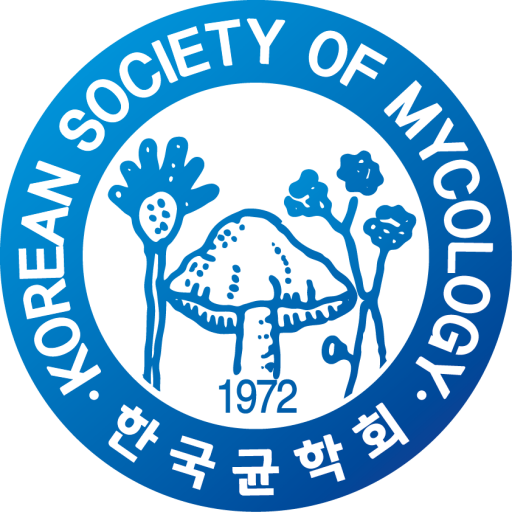Taxonomic Revision of Korean Saddle Fungi (Helvella, Helvellaceae)
Sang-Young Park1, Sohee Kim1, Eunjin Kim1, Ju-Kyung Eo2, Hwayong Lee1*
1Department of Forest Science, Chungbuk National University
2Ecological Technology Research Team, Division of Ecological Applications Research, National institute of Ecology
*Email: leehy@chungbuk.ac.kr
Helvella, commonly known as saddle fungi, is a genus in the Helvellaceae family and is distributed globally. Recent comprehensive studies on Helvella have revealed that some Helvella species exhibit endemic traits and that many morphologically similar, cryptic species are phylogenetically distant. In this study, 202 Korean Helvella specimens collected between 1986 and 2023 were reevaluated through morphological analysis and phylogenetic characterization using barcode sequences, including nrLSU (nuclear Large Subunit Ribosomal DNA), hsp90 (Heat Shock Protein 90), and ITS (Internal Transcribed Spacer). The investigation confirmed the presence of at least 35 phylogenetic species in Korea. Among these, eight species (H. atroides, H. fistulosa, H. liquii, H. lobata, H. rugosa, H. subglabroides, H. sublactea, H. varia) were identified as previously unrecorded species in Korea, and seven new species (H. densipila, H. flavopus, H. macrospora, H. griseobrunnea, H. pseudolobata, H. parviflava, H. suborentitomentosa) were discovered. Of the 13 previously recorded Korean Helvella species, only three (H. ephippioides, H. macropus, H. orienticripsa) were confirmed, while the remaining ten species (H. acetabulum, H. atra, H. compressa, H. costifera, H. crispa, H. elastica, H. sublicia, H. fibrosa, H. lacunosa, H. pezizoides) were not detected in the samples studied. This study enhances our understanding of the distribution of Helvella species of Korea, revealing significant discrepancies between historical records and current findings. The discovery of new species and previously un-recorded species underscores the importance of continuous monitoring and reevaluation of fungal biodiversity.

 English
English